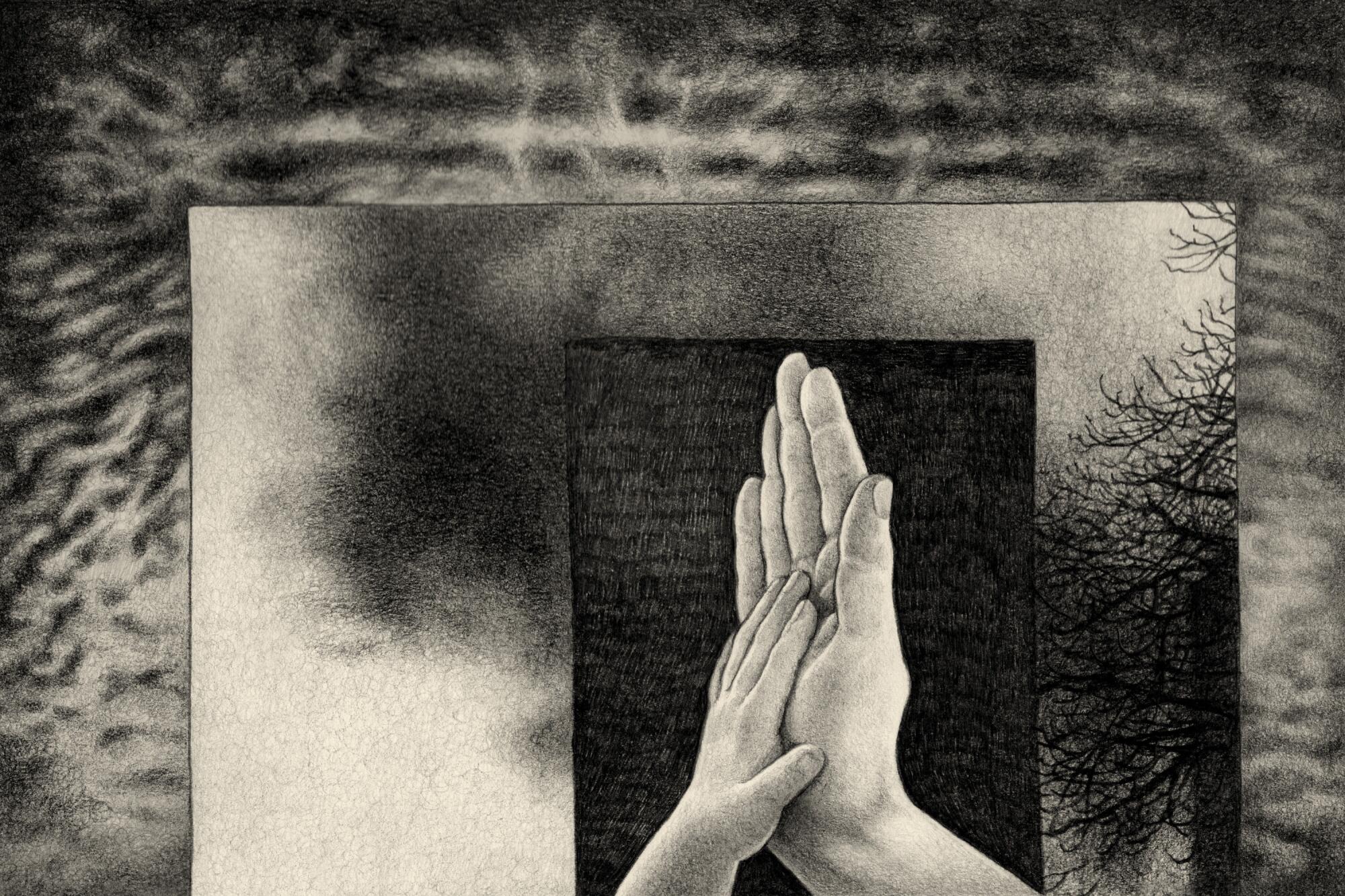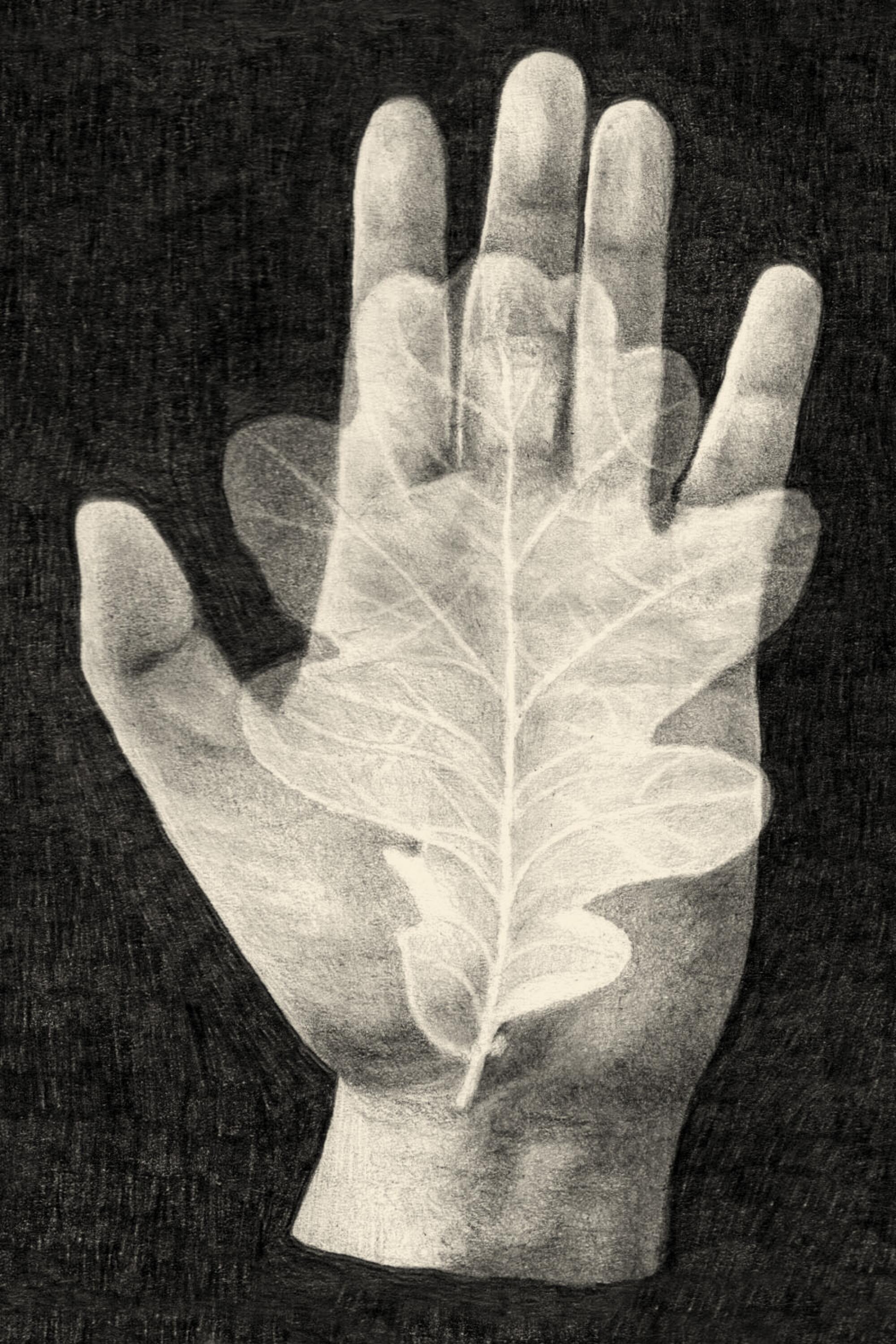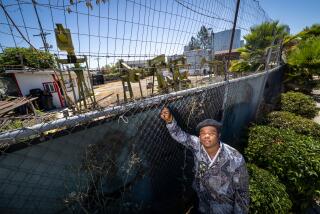
How do you cope? I feel the sorrow, the quiet plea for guidance every time someone asks me this question. As an environmental reporter dedicated to helping people make sense of climate change, I know I should have answers. But the truth is, it took me until now to face my own grief.
My heart keeps breaking whenever I meet yet another child struggling with asthma amid orange, smoke-filled skies. I, too, am reeling from the whiplash of extreme drought and extreme rain, and Iâm still haunted by the thought of a mother having to call each of her daughters to say goodbye as the homes around her cave to fire.
Each year, as I reflect on my own reporting on the floods that keep getting worse and the toxic pollution building up in all forms of life, I find myself questioning whether I could ever justify bringing my own children into this world. I agonize over the amount of plastic we canât avoid using and mourn the monarch butterflies that have vanished. With each new heat record shattered, and each new report declaring a code red for humanity, I canât help but feel like weâre just counting down the days to our own extinction.
âClimate anxietyâ is the term we now use to describe these feelings, but I must confess, I was perplexed when I first heard these words a few years ago. Anger, frustration, helplessness, exhaustion â these are the emotions I come across more often when getting to know the communities bracing for, or recovering from, the devastation of what theyâve long considered home.
Then a college student asked me about climate anxiety. It came up again on social media, and again in personal essays and polls. This paralyzing dread was suddenly the talk of the town â but it has also, very noticeably, remained absent in some circles.
All this has led me to wonder: What, exactly, is climate anxiety? And how should we cope? At first blush, this anxiety seems rooted in a fear that weâll never go back to normal, that the future we were once promised is now gone. But who this ânormalâ is even for (and what weâre actually afraid of losing) speaks to a much more complicated question:
Is this anxiety pointing to a deeper responsibility that we all must face â and ultimately, is this anxiety something we can transcend?

For Jade Sasser, whose research on climate emotions has been grounded by her own experiences as a Black woman, these questions sharpened into focus during a research-methods seminar that she was teaching early last year at UC Riverside.
The class â all female, many from low-income immigrant communities â had been a fairly quiet group all quarter, so Sasser was surprised when the room completely erupted after she broached what she thought would be an academic, somewhat dispassionate discussion about climate change and the future.
Every student was suddenly talking, even yelling, over one another. Thought after thought tumbled out as they shared that not only does the future feel bleak when it comes to the job market, the housing crisis and whether their generation will ever be able to âsettle down with kidsâ â but all this is many times worse when youâre not white, not documented and not born into a college-educated family.
How can they feel hopeful about the future, they asked, when, on top of everything already stacked against them, they also have to worry about wildfires, extreme heat and air pollution getting out of control?
âClimate Anxiety and the Kid Questionâ asks: With American society feeling more socially and politically polarized than ever, is it right to bring another person into the world?
âIt was literally a collective meltdown unlike anything I had ever experienced,â said Sasser, whose podcast and book, âClimate Anxiety and the Kid Question,â were largely inspired by her students that day. âI understood in that moment that you cannot assume someone does not also experience anxiety simply because their way of talking about it may not be the same as yours.â
It doesnât help, she added, that many people donât realize what theyâre feeling is climate anxiety because the way we talk about it tends to center the experiences of white and more privileged people â people who have been insulated from oppression and have rarely (until now) had to worry about the safety of their own future.
âFor a lot of people, climate anxiety looks a certain way: It looks very scared, it looks very sad, and it looks like a person who is ready, willing and able to talk about it,â Sasser said. âBut for those who are experiencing many compounding forms of vulnerability at the same time, you canât just pick out one part of it and say, âOh, this is whatâs causing me to feel this way.ââ

A brave first step is to acknowledge privilege â and to support, and perhaps even learn, from those who have had to be resilient long before climate change became so overwhelming.
âFor me, this work is a matter of survival,â said Kevin J. Patel, who grew up in South L.A. and has been fighting for climate justice since he was 11. He was contemplative, nodding, when I shared what I learned from Sasser, and he gently added that one privilege many communities donât have is the ability to turn it off. Not everyone can go on a vacation or take a day to recharge, he said. Even having the time to talk about your sadness can be a luxury.
Patel learned at a young age that not all communities get the same level of care. Growing up with hazy air, in a neighborhood hemmed in by the 10 and 110 freeways, Patel almost collapsed one day in front of his sixth-grade class when his heart suddenly started pounding at more than 300 beats per minute.
His parents, farmers from Gujarat, India, rushed Patel to the emergency room and held his hand while everyone around him thought he was dying. After months of hospital visits and procedures, doctors determined that he had developed a severe heart condition in large part due to the smog.

âFor me, this work is a matter of survival.â
— Kevin J. Patel
As he learned to live with an irregular heartbeat, he found joy in his familyâs tiny garden and marveled at all the ladybugs that gathered on the tulsi, a special type of basil. He taught his classmates that food came from the ground, not the grocery store, and together, they went on to form an environmental club.
Today, Patel speaks with the hardened wisdom of someone who has experienced much more than the typical 23-year-old. Heâs constantly doing something â whether itâs supporting a neighbor, getting water bottle refill stations installed at his school, or turning the idea of a Los Angeles County Youth Climate Commission into reality. For years, he has guided other marginalized youth through OneUpAction, a grassroots environmental group that he built from the ground up.
Even if he doesnât call it anxiety, he admits he sometimes has trouble focusing, and thereâs a tenseness in his body that can be hard to shake off. But heâs usually able to turn it around by talking to his friends or elders, or by reciting his favorite proverb:
They tried to bury us, but they didnât know we were seeds.
âItâs not about what I need, itâs about what my community needs,â he said. âThere is joy in caring for one another. There is joy in coming together to fight for a future that we believe in.â

When talking about climate anxiety, itâs important to differentiate whether youâre assessing these emotions as a mental health condition, or as a cultural phenomenon.
Letâs start with mental health: Polls show climate anxiety is on the rise and that people all around the world are losing sleep over climate change. Organizations like the Climate-Aware Therapist Directory and the American Psychiatric Assn. have put together an increasing number of guides and resources to help more people understand how climate change has affected our emotional well-being.
Just knowing that climate change is getting worse can trigger serious psychological responses. And the shock and trauma are all the more great if youâve already had to live through the kinds of disasters that keep the rest of us up at night.
Itâs also important to note that social media has magnified our sense of doom. What you see on social media tends to be a particularly intense and cherry-picked version of reality, but studies show thatâs exactly how the vast majority of young people are getting their information about climate change: online rather than in school.
But you canât treat climate anxiety like other forms of anxiety, and hereâs where the cultural politics come in: The only way to make climate anxiety go away is to make climate change go away, and given the fraught and deeply systemic underpinnings of climate change, we must also consider this context when it comes to our climate emotions. How we feel is just as much a product of the narratives that have shaped the way we perceive and respond to the world.
âClimate anxiety canât be limited to just a clinical setting â we have to take it out of the therapy room and look at it through a lens of privilege, and power, and the economic, historical and social structures that are at the root of the problem,â said Sarah Jaquette Ray, whose book âA Field Guide to Climate Anxietyâ is a call to arms to think more expansively about our despair. âTreating a personâs climate anxiety without challenging these systems only addresses the symptoms, not the causes... and if white or more privileged emotions get the most airtime, and if we donât see how climate is intersecting with all these other problems, that can result in a greater silencing of the people most impacted.â

Ray, an environmental humanist who chairs the environmental studies program at Cal Poly Humboldt, also emphasized that our distress can actually be a catalyst for much-needed change. These emotions are meant to shake us out of complacency, to sound the alarm to the very real crisis before us. But if we donât openly talk about climate anxiety as something that is not only normal but also expected, we run the risk of further individualizing the problem. We already have a tendency to shut down and feel alone in our sorrows, which traps us into thinking only about ourselves.
âOne huge reason why climate anxiety feels so awful is this feeling of not being able to do anything about it,â Ray said. âBut if you actually saw yourself as part of a collective, as interconnected with all these other movements doing meaningful things, you wouldnât be feeling this despair and loneliness.â
The trick to fixing climate anxiety is to fix individualism, she said. Start small, tap into what youâre already good at, join something bigger than yourself.
And by fixing individualism, as many young activists like Patel have already figured out, we just might have a better shot at fixing climate change.

Let us consider, for a moment, how the words that we use can also limit the way we think about our vulnerability and despair.
Something as simple as the âclimateâ in âclimate anxietyâ and how we define âenvironmentâ can unintentionally reinforce who we center in the conversation.
âIn Nigeria, what we call our environment â itâs not just trees and mountains â itâs also about our food, our jobs, the biodiversity that gives us the life support that we need to thrive every day. Thatâs what we call our environment; itâs about our people,â said Jennifer Uchendu, who founded SustyVibes, a youth-led sustainability group based in her home country, as well as the Eco-Anxiety in Africa Project, which seeks to validate the emotions and experiences of communities often overlooked in climate conversations. âSo if people are being oppressed by the system, it is still linked to our idea of the environment.â
Many of Uchenduâs elders have expressed a lifetime of feeling frustrated and powerless, for example, but she said they didnât immediately connect these feelings to climate change because âclimate anxietyâ sounded to them like a new and elite phenomenon.
We hear so often today that climate change is the existential crisis of our time, but that dismisses the trauma and violence to all the people who have been fighting to survive for centuries. Colonization, greed and exploitation are inseparable from climate change, Uchendu said, but we miss these connections when we consider our emotions only through a Western lens.
For Jessa Calderon, a Chumash and Tongva songwriter, these disconnects are ever-present in the concrete-hardened rivers snaking through Los Angeles, and the sour taste of industrialization often singeing the air. In her darkest moments, her heart hurts wondering if her son, Honor, will grow up to know clean water.
Her voice cracked as she recalled a brown bear that had been struck dead on the freeway near the Cajon Pass. As she watched strangers gawk at the limp body and share videos online, she wished she had been able to put the bear to rest and sing him into the spirit world.
âIf we donât see them as our people, then we have no hope for ourselves as a people, because weâre showing that we care about nothing more than ourselves,â she said. âAnd if we care about nothing more than ourselves, then weâre going to continue to devastate each other and the land.â

It is not too late to turn your climate anxiety into climate empathy. Acknowledging the emotional toll on people beyond yourself can be an opportunity to listen and support one another. Embracing our feelings â and then finding others who also want to turn their fear into action â can be the missing spark to much-needed social and environmental healing.
There is also wisdom to be learned in the songs and traditions of past movements, when people banded together â for civil rights, for womenâs suffrage â and found ways to keep hope alive against all odds. And the more we look to the young people still caring for their elders in Nigeria, and to our Indigenous neighbors who continue to sing and love and tend to every living being, the better we might also comprehend the resilience required of all of us in the warming years ahead.
So how should we cope? For Patel, living with his irregular but unwavering heartbeat, he finds strength in the words of adrienne maree brown, who famously wrote in âEmergent Strategyâ that in the same way our lives are shaped today by our ancestors, we ourselves are future ancestors. Calderon, who similarly taught her son to leave this Earth better with every passing generation, confided to me that on the days when the sorrow feels too great, she sneaks off to plant native manzanita seeds in neighborhoods stripped of plants and trees.
As Iâm reminded of all the love we can still sow for the future, I think of Phoenix Armenta, a longtime climate justice organizer in Oakland who has inspired numerous people, including myself, to take heart in all the times we actually got it right. (Remember acid rain? It was a huge problem, but collective action inspired multiple countries to join forces in the 1980s, and we did what needed to be done.)
âImagine what kind of world you actually want to live in and start working to make that happen,â said Armenta, who recently made the switch to government planning to help more communities find their voice and determine their own visions for the future.
To grieve the world as we know it is to miss out on opportunities to transform our world for the better. To believe we have nothing left to hope for is a self-fulfilling void. We must find the courage to care, to change, to reimagine the systems that got us into such a devastating crisis in the first place â and we must allow ourselves to dream.
âBut it canât just be my dream, or your dream. It has to be our collective dream,â Armenta said. âIâve known for a very long time that I canât save the world, but we can save the world together.â








